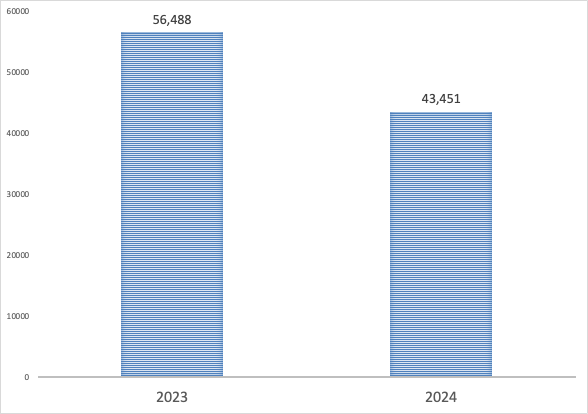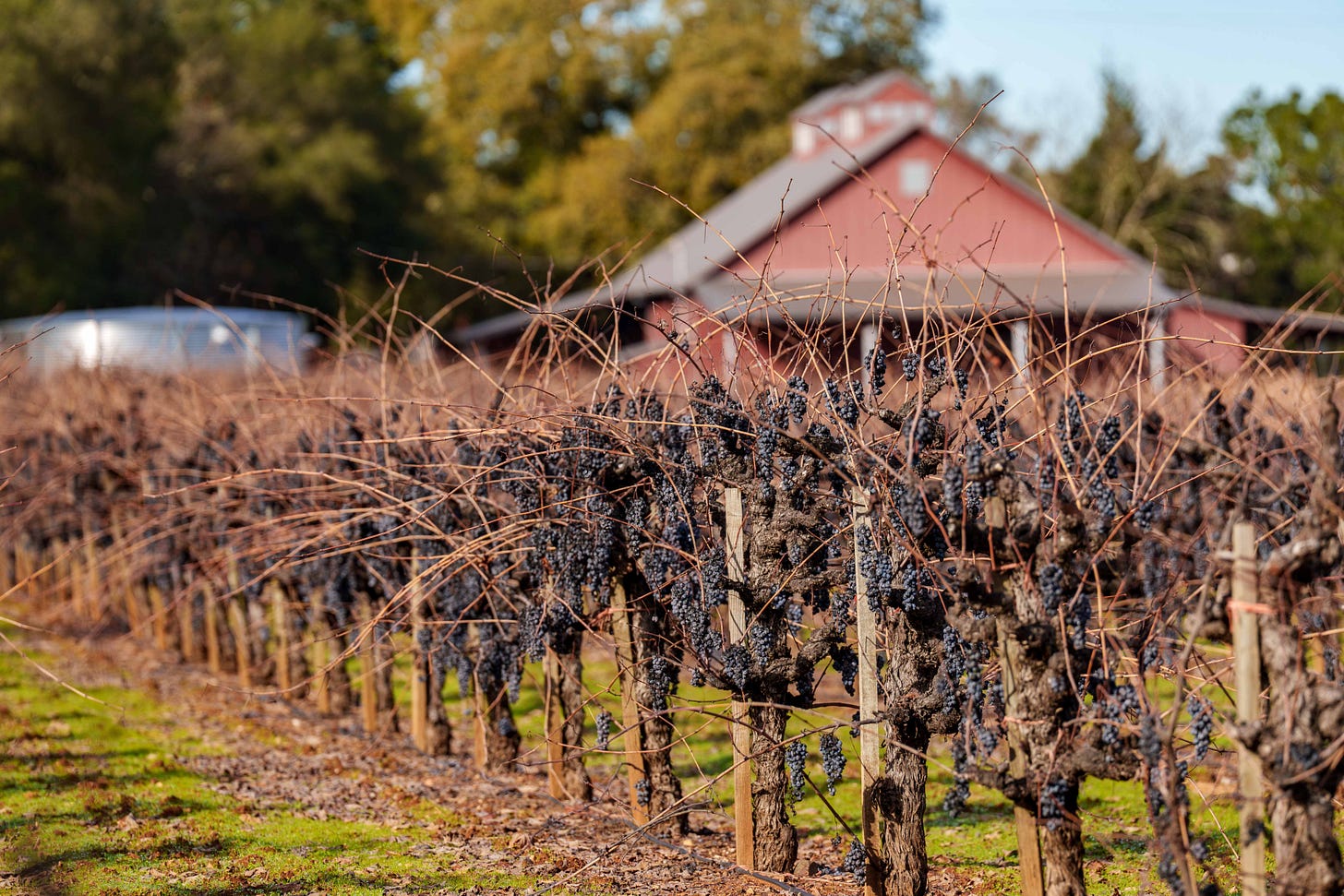Support Napa Valley Features – Become a Paid Subscriber Today
If you’re reading this, you value independent, ad-free journalism that focuses on our region’s stories — reporting that isn’t driven by corporate interests or clickbait. But we can’t do it without you.
Local newsrooms are shrinking, and many publications are being sold, scaled back or consolidated. Your support keeps Napa Valley Features alive.
Join our community of readers who believe in local, quality journalism. Become a paid subscriber today — and if you already are, thank you! Help us grow by liking, commenting and sharing our work.
The Spotlight
Welcome to “Under the Hood,” our exclusive Saturday series for Napa Valley Features paid subscribers. This week, we delve into how Napa Valley’s 2024 harvest data reveals a market splitting in two — where premium buyers remain steady while mid-tier demand contracts.
Additionally, we’re diving into the latest data from our readers’ polls and providing insights from our economic dashboard, covering local Napa Valley, U.S. and global markets.
In addition, we feature "What We Are Reading," a section with a handpicked list of recent articles that provides a variety of viewpoints on issues important to our community and beyond.
“What We Are Reading” quotes of the day:
"Property insurance has quickly become one of the single biggest issues I hear about in my district." – from Rep. Mike Thompson, in "Thompson, LaMalfa Introduce Bill to Help Alleviate California Insurance Crisis," Press Release.
"If we disrupt the economy for just one day, it sends a powerful message." – from The People's Union, in "Why It Matters," Newsweek.
"As a physicist, I see the beauty of science in action — the smooth elegance of moving water perfectly expressing the fundamental equations of laminar fluid flow." – from Peter Kilkus’ reporting on the 28th breach of the Glory Hole in "Glory Hole Watch 2025," Lake Berryessa News.
"We still need to find a way to make people buy and drink wine. We can't fix our problem by reducing supply." – from Steve Fredricks, in "California Sees Smallest Harvest in 20 Years," Wine-Searcher.
"Softness in consumer demand for wine at lower price points" and "underperformance" led to "their retention is the best course of action." – from Treasury Wine Estates, in "Treasury Wine Estates abandons 'commercial' portfolio sale," Just Drinks.
Decanting the Data:
2024 Harvest Report Reveals a Market Splitting in Two
By Tim Carl
NAPA VALLEY, Calif. — As Napa Valley’s most widely planted and highest-value varietal, cabernet sauvignon is a key economic indicator of the region’s grape market and overall health. According to the preliminary 2024 crush report, total tonnage fell 23.1%, from 56,488 tons in 2023 to 43,451 tons, yet pricing remained largely unchanged, dipping just 0.34% to $9,048 per ton.
At first glance, the disconnect between declining volume and stable pricing might seem counterintuitive. But the data suggest a widening divide in the market — ultra-premium buyers stayed engaged while mid-tier demand weakened sharply.
Although the harvest ended with above-average temperatures, weather alone doesn’t explain the sharp drop in volume. Instead, reduced demand, particularly in the mid-tier segment, played a role.
“Right now, it’s not about growth — it’s about survival,” said a Napa Valley grape-grower with nearly 30 years of experience who asked to remain anonymous. “If you’re not positioned right, you’re going to struggle. The days of assuming you can sell your fruit at a premium just because it’s from Napa are over. The ones who make it through will be those who can adapt and have strong, lasting relationships with wineries.”
Garrett Buckland, a partner at Premiere Viticultural Services, 2023 Grower of the Year and a member of the Napa Valley Grapegrowers board of directors, noted that tools such as the Napa Valley Grape Exchange — managed by Napa Valley Grapegrowers — are hoping to help growers navigate the shifting market.
“Some of that is natural — older vineyards coming out at the end of their lifespan — but we’re also seeing growers pull vines early because they’re too costly to farm and don’t fit the market,” Buckland said. “If you’re in an expensive-to-farm area and can’t sell to the high end or compete at the commodity level, there aren’t many off-ramps.”

Napa Valley’s Shifting Grape Market
Napa Valley continues to command California’s highest grape prices, with District 4 (Napa County) maintaining an average weighted price for all wine grapes at $6,863.46 per ton — a 2.4% decline from 2023. By comparison, District 3 (Sonoma and Marin counties) averaged $2,888.22 per ton, down 3.1% from the prior year.
Napa County 2024 Production and Pricing (Compared to 2023)

Rather than a supply shortage, this drop in total tonnage reflects shifting market dynamics. The decline in cabernet sauvignon tonnage, despite stable pricing, suggests that supply constraints helped maintain prices even as mid-tier demand softened.
A Market Dividing in Two
Data from the 2024 cabernet sauvignon harvest reinforce an ongoing bifurcation in Napa’s grape market — mid-tier demand continues to shrink, while high-end buyers remain engaged.
Napa Valley Cabernet Sauvignon Price Categories
Lower price tier ($200-$8,000 per ton): Tonnage fell 19.2%, yet transactions increased slightly (+1.4%), suggesting continued stability in this grape-market segment.
Mid-tier segment ($8,001-$14,000 per ton): The sharpest contraction, with tonnage down 27% and transactions falling 11.3%.
Highest-price category ($14,001 and above per ton): Transactions rose 25.5%, while total tonnage remained largely unchanged (-1.1%), reinforcing steady high-end demand.







